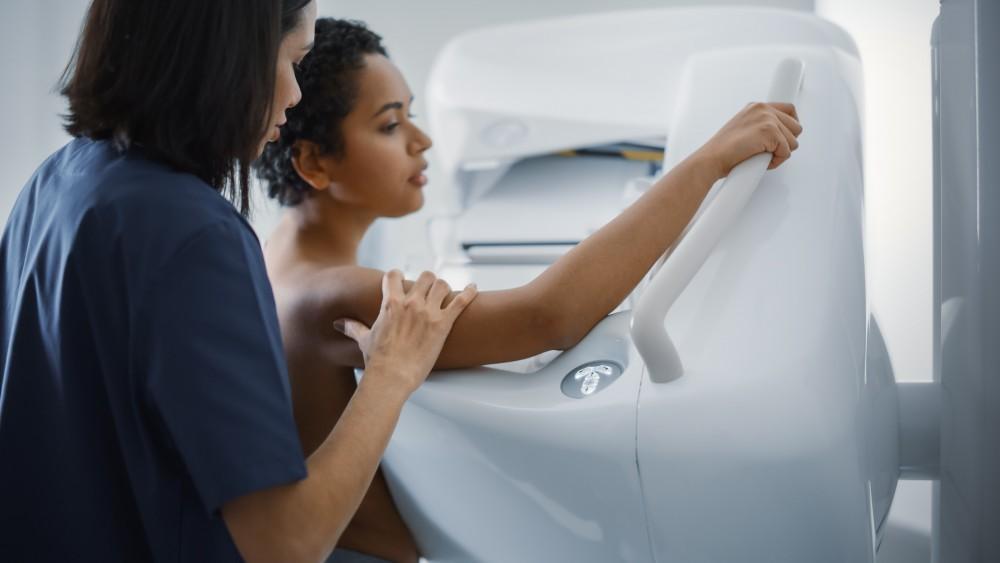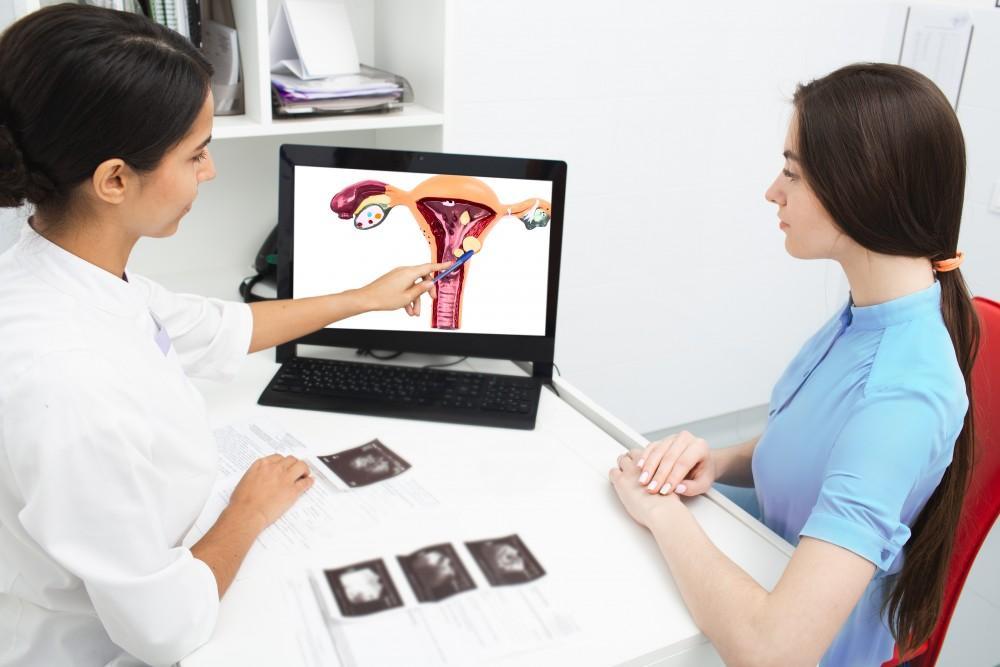
What to Expect From Your First 3D Mammogram
A mammogram is an X-ray of your breasts. It’s the best way to identify early...
Read MoreMaybe you hesitate to laugh too hard at a friend’s joke. Maybe you’ve toned down your workouts recently. Or maybe you say no to certain activities because you’re worried a bathroom won’t be close enough if you need it.
If these scenarios sound familiar, you might have urinary incontinence — and it’s time to do something about it. Urinary incontinence is common, but it can also be very embarrassing for the women who suffer from it.
Urinary incontinence doesn’t have to be permanent. Some types of incontinence are temporary and go away on their own with time. But even if you have chronic incontinence, you don’t have to keep suffering the symptoms.
Incontinence is treatable, and our gynecology team at The Women’s Center is here to help. The first step to finding relief from your symptoms is determining which type of incontinence you might have.
Then, we offer customized solutions, from pelvic floor therapy to medication, for the most common types of incontinence.
There are three main types of urinary incontinence: stress incontinence, urge incontinence, and mixed incontinence. All of these conditions cause involuntary urine leakage, and your symptoms determine which type of incontinence you have.
Stress incontinence is characterized by urine leakage with physical movement. If you have stress incontinence, you might experience leakage when you:
Weak pelvic floor muscles cause stress incontinence. Physical activity or abrupt movements put pressure on your pelvic muscles, and when those muscles are too weak or stretched, urine escapes.
The main symptom of urge incontinence is the sudden, intense urge to urinate. It’s also called overactive bladder (OAB), and it can make you feel like you need to urinate many times during the day and at night.
In many cases, urge incontinence makes you feel the urge to urinate even when your bladder isn’t full. The urge often strikes very suddenly, but you may only urinate a small amount when you do go to the toilet.
OAB is linked to overactive bladder muscles and changes in the way your brain communicates with your urinary system.
If you’ve noticed urine leakage with physical activity and you also make trips to the bathroom frequently, you may have mixed incontinence. Mixed incontinence is a combination of stress and urge incontinence, and it’s quite common among women — especially as they get older.
Incontinence can be embarrassing, and symptoms can force you to limit your life. If you avoid participating in activities just because you’re worried about involuntary leakage, it’s time to seek treatment.
Our team takes a compassionate approach to care. We review your symptoms and your medical history, then perform a pelvic exam. To reach a diagnosis, we may order an ultrasound or urine testing too.
You have lots of treatment options for incontinence. We discuss lifestyle changes to improve your symptoms, including diet modification and scheduled trips to the bathroom.
Many women find that strengthening exercises and pelvic floor physical therapy are very effective to reduce incontinence symptoms. In more severe cases, our team may recommend noninvasive treatment with MonaLisa Touch® or minimally invasive surgery.
No matter which type of urinary incontinence you have, treatment can help relieve your symptoms and get you back to enjoying your life. Contact our team at one of our 11 offices in the Orlando, Florida, area, or book an appointment online.




A mammogram is an X-ray of your breasts. It’s the best way to identify early...
Read More
About 1 in 10 women has ovarian cysts. These small growths form on your ovaries,...
Read More
If you and your partner have decided you’re ready to start growing your family, you’re...
Read More